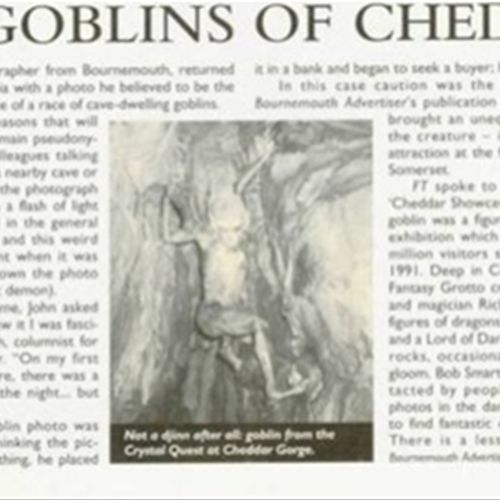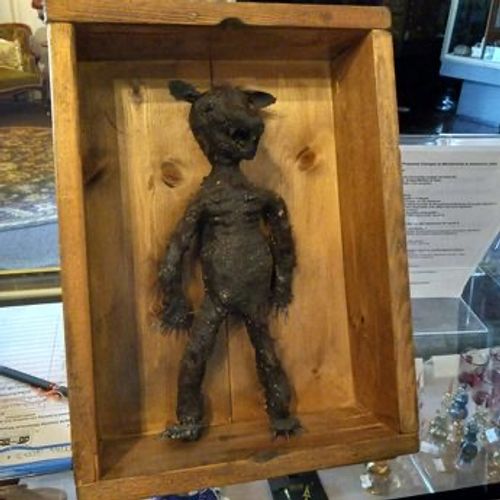| ID | #1649861136 |
| Added | Wed, 13/04/2022 |
| Author | July N. |
| Sources | Сергей Зотов, Михаил Майзульс, Дильшат Харман "Страдающее Средневековье. Парадоксы христианской иконографии"
|
| Phenomena | |
| Status | Investigation
|
Initial data
In 1496, when the Tiber overflowed its banks, rumors spread around Rome that a monster with a female torso and a donkey's head, one animal and the other human hand, a dragon's tail and an old man's face on the backside was found in the mud on one of the banks.
Original news
Tiber-Monster (1496) — “Als man zalt nach Christi Gepurt mcccclxxxxvi und im monat Jenner zu der zeit als die tiber hoch unnd weit zu rom auss gelauffen ist wolches wunderwerk er scheint todt gefunden zu sein da die wutung und die sterck des wasser der Tiber gefallen was unnd ist in dieser gestalt und form gewesen wie es da gemalt ist.”
Hypotheses
The art of the action

Various promotions advertising and art can be priniti randomly for the paranormal or issued for them intentionally.
A mysterious and mystical theme attracts people's attention so it can be used to attract the audience.
Here are various advertising companies for products, individuals, media, and various hudojestvennye installation, objects, land art (from the English. land art — landscape-art) and the like. This category can also be considered Museum pieces.
Investigation
The drawing illustrating this monster is usually referred to as the "papal ass". The Big Encyclopedia Yuzhakova tells about it like this:
The papal ass, a monster supposedly found in Rome in 1496. The Romans considered it an expression of heavenly anger, but already in 1497 they turned it into a satire against the then Pope Alexander VI, and since 1498 the Waldensians and Bohemian brothers have been spreading the image of P. O. in mockery of the Roman Church; Catholics in 1570 pointed to it as an image of Luther. See Lange, "Der Papstesel" (Getting., 1890).
Resume
Similar facts
Log in or register to post comments






